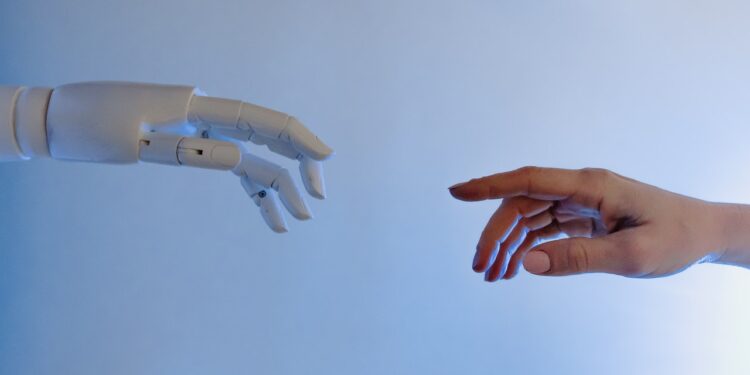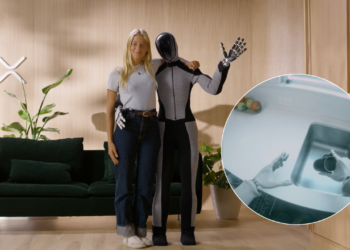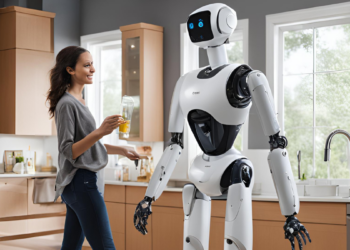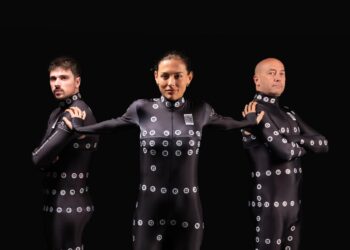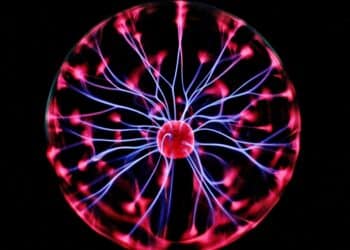Researchers at the University of Washington have used the famous Rubik’s cube to test the intelligence of robots on tasks and object manipulation.
The challenge from Washington for the “humanization” of robots
The main challenge that the robotic research group of the University of Washington has decided to face is that of improving the motor impulses of robots, which translates into a better manipulation of objects. As in fact affirms the researcher involved in the Washington team Boling Yang to TechXplore, for a human it’s easy to manipulate and make moves with the cube, but it’s very complex to decide what will be the next move, while for robots normally it’s exactly the opposite: great decision-making speed, but enormous sequential “motor” difficulty.
The famous cube created by Hungarian architect Ernő Rubik in 1974 was chosen precisely because for robots it involves a series of sequential movements that can result in a series of errors. The key to the Washington team’s research, which began in 2017 and was published that same year after a conference in Singapore, is precisely to decrease the robot’s error as much as possible, or rather, increase its precision in manipulating the cube.
The goals of this research, conducted primarily by the Department of Computer Science and Engineering at the University of Washington are twofold:
To develop robotic systems with real-time decision-making capabilities, and with full mobility
To study positive impacts on everyday life from this technology.
The two objectives can be easily synthesized with the research of a robotic system that resembles as much as possible to man, being able to replace him one day for dangerous tasks, particularly exhausting.
In fact, robotic systems that in recent years have successfully completed the famous magic cube, and even in a few seconds, there are several, but the study and tests in Washington speak of manipulation and ability to choose comparable to human ones, bringing closer and closer the concept of humanization of robots.
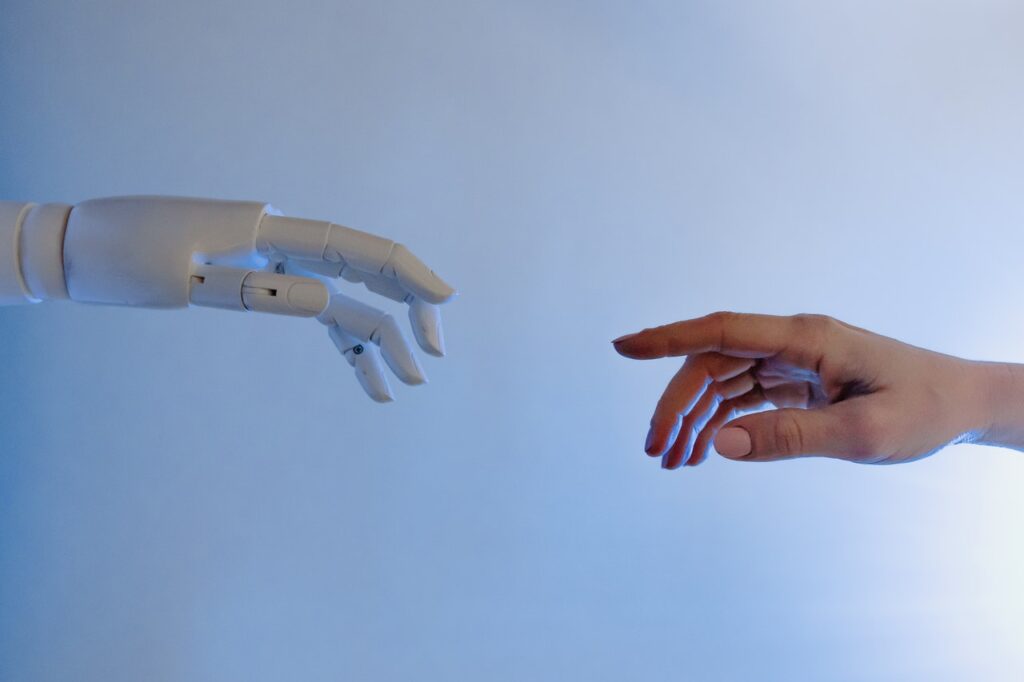
Tests: excellent and standardized results
After the theoretical part that lasted five years, the first tests arrived, and therefore the first feedback. Obviously, all the results just obtained must be evaluated in perspective, and therefore thought of in a potential future perspective. In the first test, Yang and colleagues used two algorithms to improve the manipulation capabilities of the PR2 robot, a platform designed by Willow Garage. In the second test was used the robot Herb also intended to complete the famous “magic cube”. Well, the result of the tests conducted in March 2022 is nothing short of exciting. In fact, Yang confirms that from Washington a baseline has been drawn, a standard, from which other researchers in the world can start.
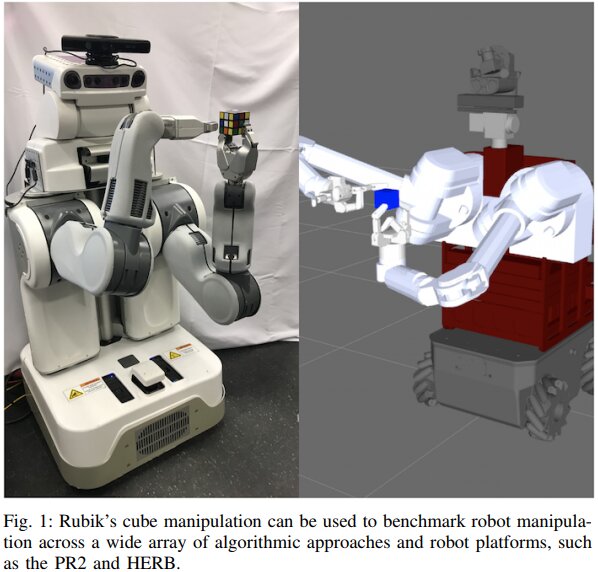
Both robots were able to complete a huge number of manipulations of the cube, minimizing errors and the time required to complete them. The standard set in Washington therefore can be the baseline for all experiments on manipulation by robots from here on out. Moreover, Yang underlined the importance in terms of attraction to new generations that this huge evolution in the world of robotics can have: the Rubik’s cube is in fact popular all over the world, and among different age groups, and can bring even the most skeptical to this field.
Author: Guglielmo Maria Ruocco




























